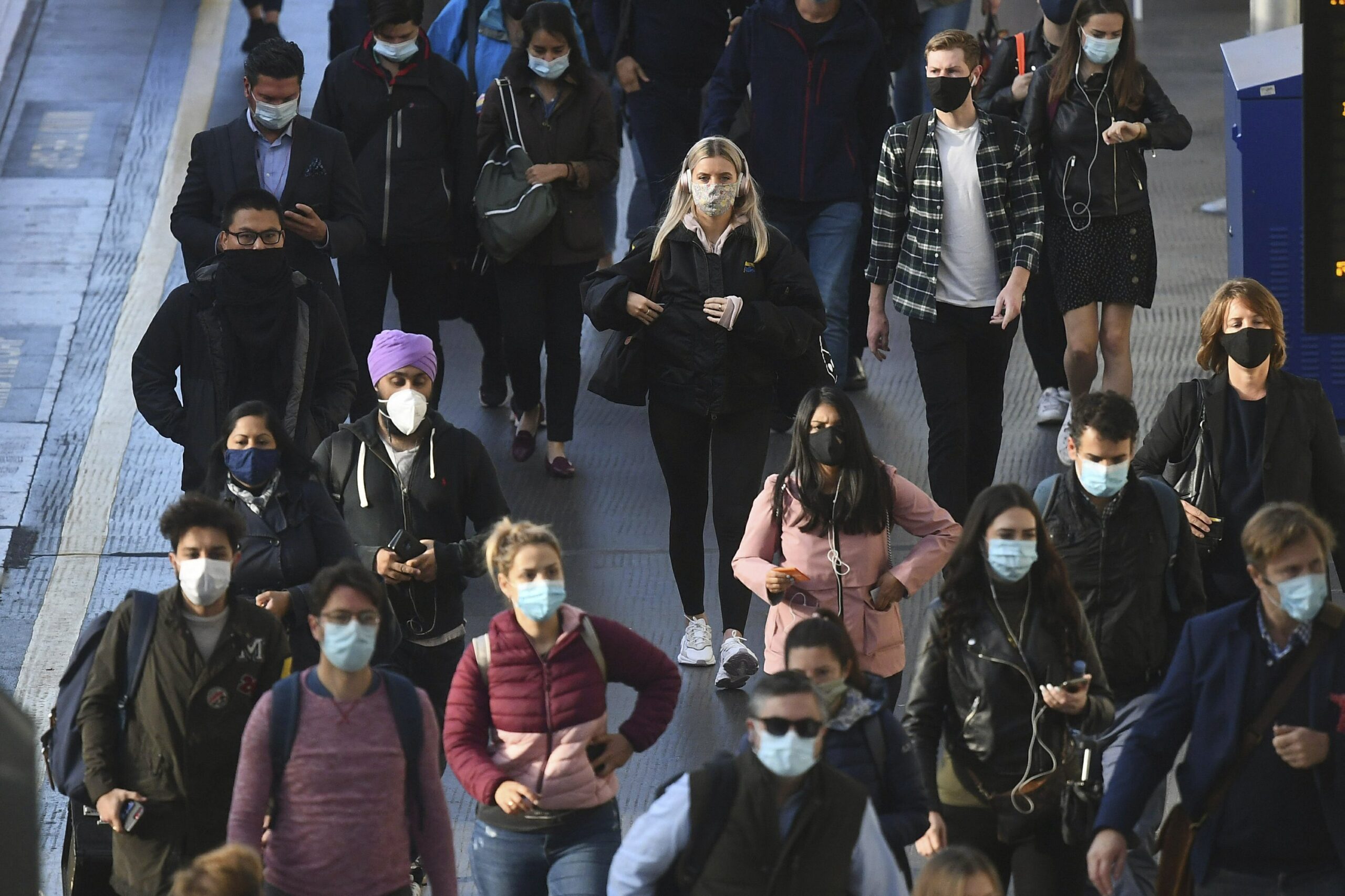Mass-casualty events often upend workplace norms. Historians have found that events such as pandemics and wars have tended to cause upheaval in labor conditions. It’s not just because the loss of life creates gaps in the labor force–it’s also because such traumatic experiences often cause people to rethink their lives.
This happened just over a century ago, following the flu pandemic of 1918-1919, and it’s happening again with the coronavirus pandemic. Employees everywhere are reevaluating how they want to work, when, and for what kind of money. So if you’re reassessing your own career and work-life balance, you’re not alone–and I’ve got the workforce statistics to prove it.
You’re Not Alone If…
You’re thinking “I’m burned out and overworked.”
Many people assume that the last year-plus of remote work gave employees back precious hours of their day. After all, they didn’t have to commute any more, so they had more time to spend as they wished–right? Actually, no.
Families with young children, especially, found themselves drowning in an overload of responsibilities. In addition to full-time employment, they had to oversee at-home schooling and/or childcare. Women, especially, felt the brunt of this. Roughly 3.5 million moms took long-term leave or left work altogether last spring. And about 56% of moms who are still working say they’re struggling or only surviving in terms of work-life balance and mental health.
Even for people not juggling jobs with at-home childcare or schooling, remote work didn’t really end up meaning better work-life balance. In fact, the average remote worker added three hours to each workday last year, and the average meeting lengthened from 35 to 45 minutes. Overall, 54 percent of professionals now feel overworked, compared to their pre-pandemic lives.
Of course, for frontline workers–those in fields such as health care, agriculture, and sanitation–the situation was even harder. Death rates among essential workers skyrocketed, and employees were expected to work long hours under difficult conditions. It’s no wonder that 61 percent of frontline workers say they’re struggling or just surviving.
If you’re feeling this way, think about franchising as an option. Franchising is a form of entrepreneurship and allows you to become your own boss. With opportunities in more than 200 industries, the franchise landscape offers plenty of options with flexible schedules. If you become an executive owner, you can even bring in an income without actually working in the business.
You’re not ready to go back to the office full-time.
A massive survey by Microsoft and LinkedIn found that 67 of workers want more in-person time with colleagues, but that doesn’t mean people are ready to go back to the office. In fact, the same survey showed that 73 percent of workers want at least a hybrid work arrangement: some time in the office, and some time at home.
Similarly, a Pew Research survey found that 54 percent of current remote employees would prefer to keep working from home at least most of the time. These individuals say that remote work protects them from interruptions, makes them more productive, and helps them meet deadlines. In fact, employees prefer remote work so strongly that 40 percent said they’ll quit if their employer requires them to return to the office full-time.
If you’re a work-from-home fan and stressed about going back to the office, franchising could be a good fit for you. Numerous franchises are home-based operations, either entirely or partially. Check out my previous blog posts on the topic to see if this arrangement might work for you.
You feel like now is a good time to make a change–and a big one at that.
So many workers are feeling this way that America is going through what demographers are calling the “Great Resignation.” As the country struggles to push past the pandemic, employees are quitting in droves. A record 4 million workers resigned in April alone.
Of those who have stayed at their jobs, 46 percent still plan to make some kind of major career change within the next year. About 90 percent of those intend to leave their current employer as part of the change. Many people in hard-hit industries are planning to move to more stable sectors of the economy.
It’s not a bad time to make this kind of change. Roughly 9 million jobs are currently sitting unfilled, and wages are going up because workers-in-transition aren’t biting. At the same time, do you really want to go to another job where someone else dictates your income and schedule? If you’re ready for a big change, why not go all the way? Become a business owner through franchising, and you can take full control of your situation.
As you evaluate your options in this changing world, I’m here to help. My services are always free, and I’ll be honest with you. I get paid by franchisors when I help someone make a successful match, so I’m only motivated to help you find the solution that’s best for you. Book some time on my calendar today for a first chat–it just takes 15 minutes!
Sources
https://www.microsoft.com/en-us/worklab/work-trend-index/hybrid-work
https://www.cnbc.com/2021/06/29/more-people-plan-to-quit-as-return-to-work-plans-go-into-effect-.html
https://www.wsj.com/articles/job-openings-are-at-record-highs-why-arent-unemployed-americans-filling-them-11625823021
https://www.nytimes.com/2021/07/20/opinion/covid-return-to-office.html?
https://www.census.gov/library/stories/2021/03/moms-work-and-the-pandemic.html

No responses yet